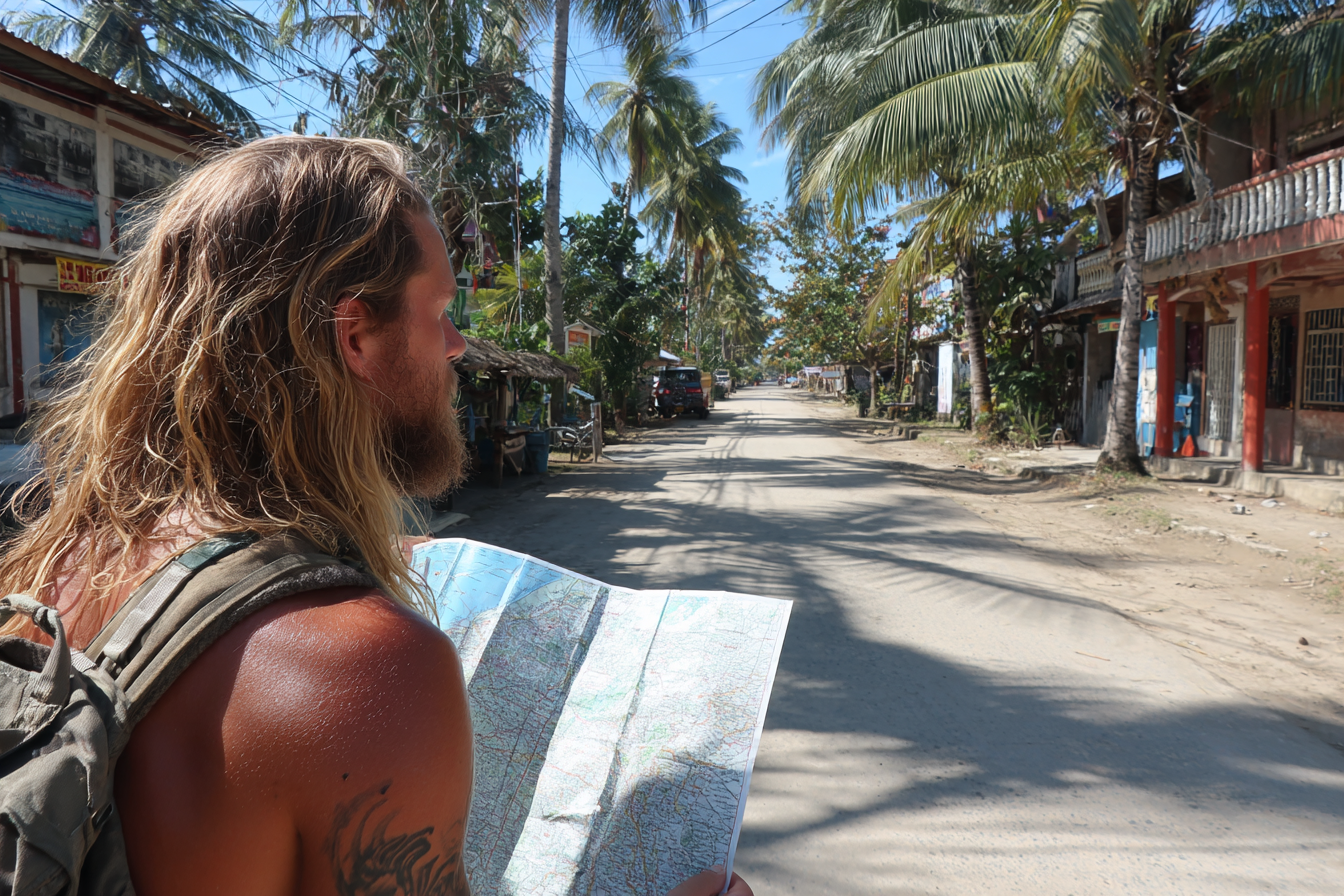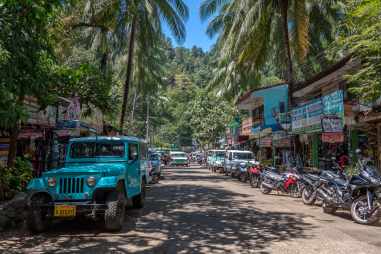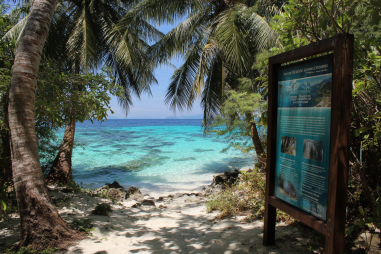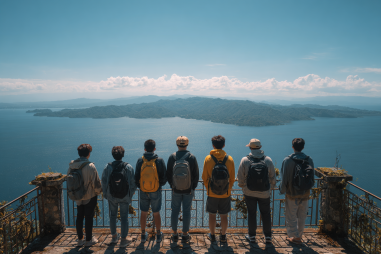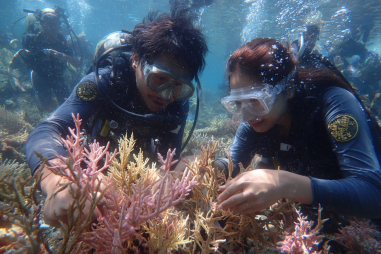Malapascua Island, a small paradise located off the northern tip of Cebu in the Philippines, has become a favorite destination for travelers seeking pristine beaches, crystal-clear waters, and world-renowned diving spots. Whether you’re drawn by the stunning thresher sharks or simply want to unwind on a tranquil island, planning your trip with a few insider tips can make all the difference. This guide covers everything you need to know before your visit, from how to get there to staying safe and respectful during your stay.
When and How to Get to Malapascua
The best time to visit Malapascua Island is during the dry season, which runs from November to May. This period offers optimal weather conditions with plenty of sunshine and calm seas, perfect for diving and beach activities. Avoiding the rainy season (June to October) is advisable since heavy rains and rough seas can disrupt travel plans and limit outdoor activities.
Getting to Malapascua typically involves a combination of land and sea travel. From Cebu City, you can take a bus or private van to the town of Maya, located at the northern tip of Cebu Island. The bus ride typically takes around 4 to 5 hours, so plan accordingly. Upon arrival in Maya, a short 30-minute boat ride will take you directly to Malapascua Island. This boat ride runs regularly throughout the day, but catching the last boat around late afternoon is recommended to avoid being stranded.
Many resorts and dive shops offer shuttle services from Cebu City to Malapascua, which can streamline your journey, especially if you’re carrying diving gear or luggage. Always check the latest schedules and book transfers in advance whenever possible.
Money and Currency Tips
The official currency on Malapascua Island is the Philippine Peso (PHP). While major credit cards are accepted at some resorts and higher-end establishments, cash is king on the island, particularly for small purchases such as food vendors, tricycle rides, and souvenirs. It’s wise to bring enough cash from Cebu City or withdraw from ATM machines before heading to Malapascua, as ATM options on the island are limited and sometimes unreliable.
Exchange rates in Cebu City or Manila airports are generally better than on the island, so it’s a good idea to exchange your money before traveling. Make sure to carry small denominations (20s, 50s, and 100s) since change can sometimes be difficult to come by on the island.
Communication and Connectivity
Internet connectivity on Malapascua is improving but remains somewhat limited compared to urban areas. Most resorts and cafes offer Wi-Fi, but speeds may be slower and less reliable during peak hours or bad weather. If staying connected is essential for you, consider purchasing a local SIM card from providers like Globe or Smart in Cebu City before your trip. These providers offer decent 3G and 4G coverage on the island, which allows for better internet access on the go.
Mobile signal coverage on Malapascua is generally good, but some remote spots or dive sites might have limited reception. It’s advisable to download maps or important documents offline ahead of time and share your travel plans with friends or family in case you need assistance while offline.
Health and Safety Precautions
Malapascua Island is relatively safe, but like any travel destination, it pays to be cautious and prepared. First, ensure your routine vaccinations are up to date before traveling. There are no special vaccinations required for Malapascua, but travelers often opt for hepatitis A and typhoid shots.
When diving or snorkeling, always dive with a certified operator and follow instructions carefully to avoid accidents. The waters are mostly safe, but currents can sometimes be strong. It’s important to remain hydrated, wear sun protection, and avoid consuming tap water—stick to bottled water instead to prevent stomach illnesses.
If you need medical assistance, several small clinics are available on the island for minor injuries or illnesses, but serious medical emergencies may require evacuation to Cebu City. Therefore, purchasing travel insurance with medical evacuation coverage is highly recommended.
Packing Essentials for Malapascua
Packing light but wisely can improve your comfort and convenience on Malapascua. Here are some essentials to bring:
- Lightweight, breathable clothing such as shorts, t-shirts, and swimwear.
- A good quality reef-safe sunscreen to protect your skin and the marine environment.
- Insect repellent, especially for evenings when mosquitoes are active.
- Dive certification card if you plan to dive or snorkel with guides.
- A waterproof bag or dry bag to keep valuables safe during boat rides and water activities.
- Personal toiletries and medications, since some items may be unavailable or expensive on the island.
- Snorkeling gear if you prefer to use your own, although rental options are available.
- Cash in small denominations for daily expenses.
- Power bank and universal charging adapters.
- Light rain jacket if visiting during the transition months around the rainy season.
Respecting Local Customs and Environment
Malapascua is home to a small but friendly local community that depends heavily on sustainable tourism. Respecting their customs and natural surroundings helps preserve the island’s charm and beauty.
- Dress modestly when in village areas, covering shoulders and knees, especially when visiting religious sites.
- Always ask permission before photographing locals, particularly children.
- Support local businesses by purchasing souvenirs and meals from small shops and vendors.
- Avoid single-use plastics as much as possible, and participate in beach clean-ups if offered by your resort or dive shop.
- Don’t touch or disturb coral reefs, marine life, or nesting animals to protect the fragile underwater ecosystem.
- Dispose of your trash properly, and use designated bins or take your waste back to the mainland for recycling.
Emergency Contacts and Resources
Being prepared for emergencies can ease stress should anything go wrong during your trip. Here are some important contacts and resources to keep handy:
- Local emergency number: 117 (Police)
- Malapascua Dive Centers: Many provide first aid and emergency assistance; ask your resort for their contact details.
- Nearest hospital: Northern Cebu Provincial Hospital in Bogo City, approximately 1.5 to 2 hours by land from Malapascua.
- Cebu City hospitals: For serious medical emergencies, transfer to medical facilities such as Cebu Doctors’ University Hospital or Vicente Sotto Memorial Medical Center.
- Philippine Coast Guard: For marine emergencies and search & rescue.
- Travel insurance provider: Keep your policy and emergency hotline information accessible.
Always inform your accommodation of your whereabouts, especially if going on dives or remote excursions, and ensure someone knows your plans and expected return times.
Enjoying Your Visit to Malapascua
With a little planning and these essential travel tips, your trip to Malapascua Island is sure to be safe, smooth, and unforgettable. Whether exploring the vibrant underwater world, mingling with locals, or simply soaking up the sun on white sandy beaches, this tropical gem offers a unique experience that rewards careful travelers. Embrace the relaxed island vibe, stay mindful of your impact, and you’ll come away with memories to last a lifetime.

